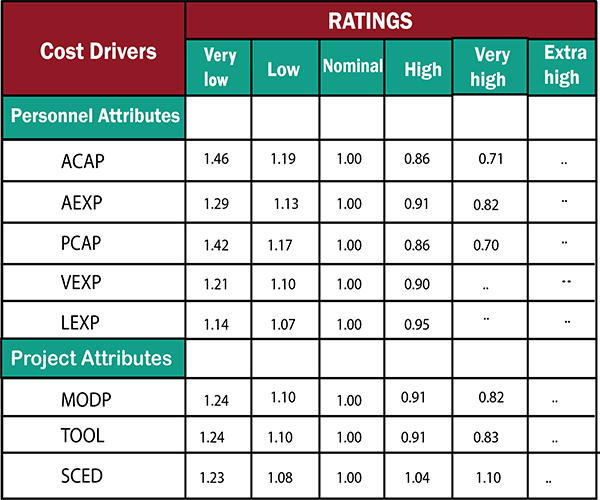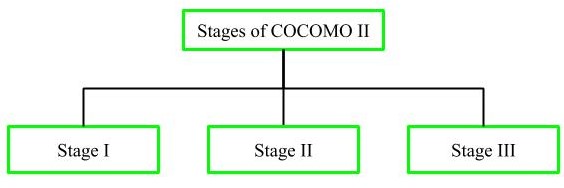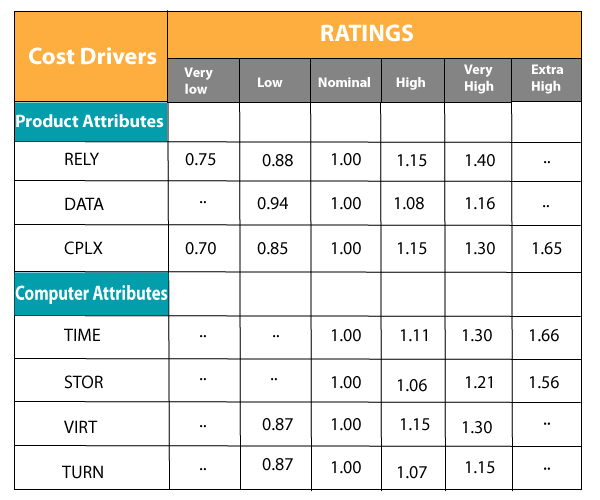
Not only that the inherent development complexity of the subsystems may be different, but also for some subsystems the reliability requirements may be high, for some the development team might have no previous experience of similar development, and so on. These subsystems may have widely different characteristics.įor example, some subsystems may be considered as organic type, some semi-detached, and some embedded. However, most large systems are made up of several smaller sub-systems.
COCOMO MODEL IN SOFTWARE ENGINEERING PDF SOFTWARE
Team members may have limited experience on related systems but may be unfamiliar with some aspects of the system being developed.Įmbedded: A development project is considered to be of embedded type, if the software being developed is strongly coupled to complex hardware, or if the stringent regulations on the operational procedures exist.Ī major shortcoming of both the basic and intermediate COCOMO models is that they consider a software product as a single homogeneous entity. Semi-detached: A development project can be considered of semidetached type, if the development consists of a mixture of experienced and inexperienced staff.

Organic: A development project can be considered of organic type, if the project deals with developing a well understood application program, the size of the development team is reasonably small, and the team members are experienced in developing similar types of projects.


Organic, Semidetached and Embedded Software ProjectsĪccording to Boehm (1981), any software development project can be classified into one of the following three categories based on the development complexity: organic, semidetached, and embedded.


 0 kommentar(er)
0 kommentar(er)
